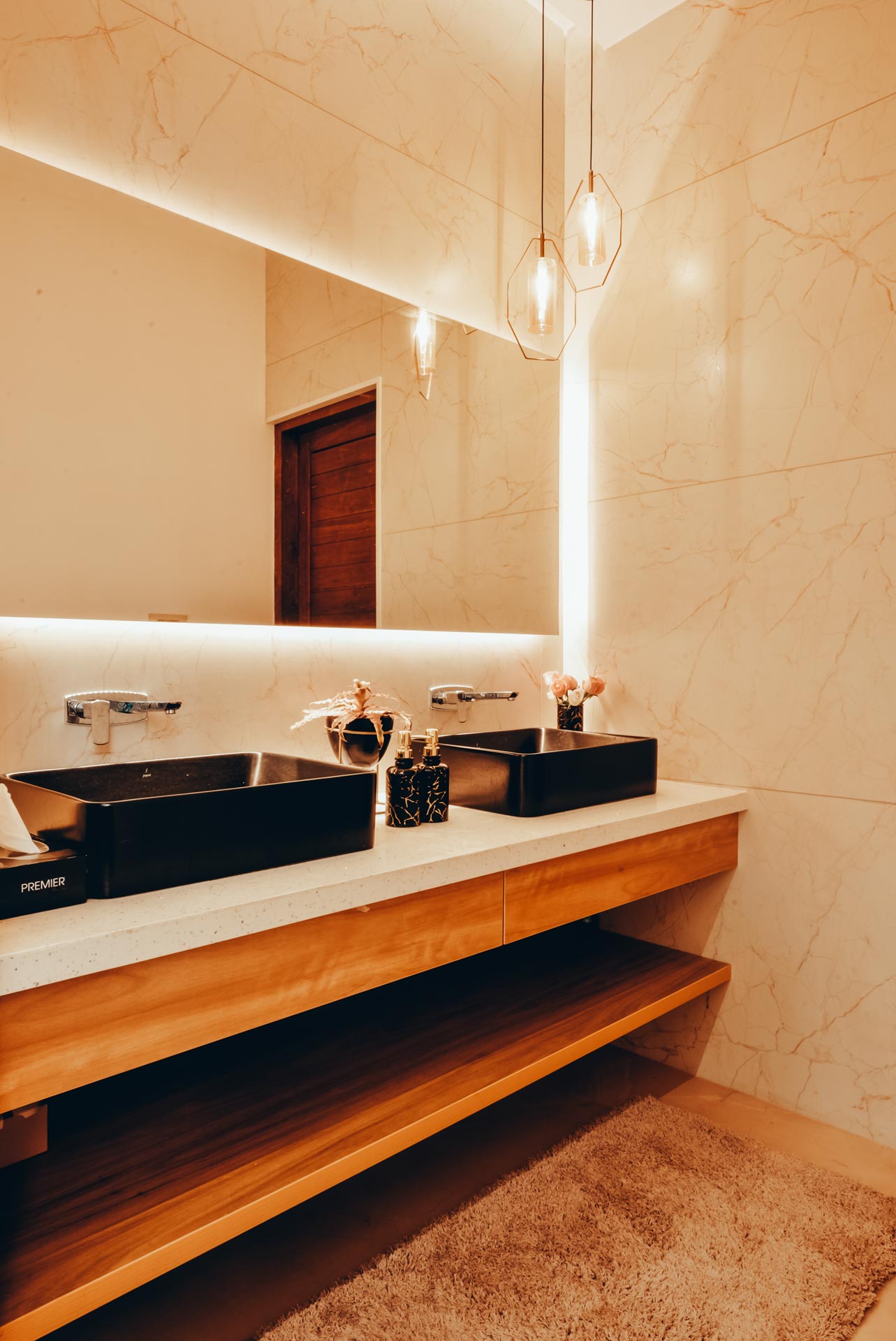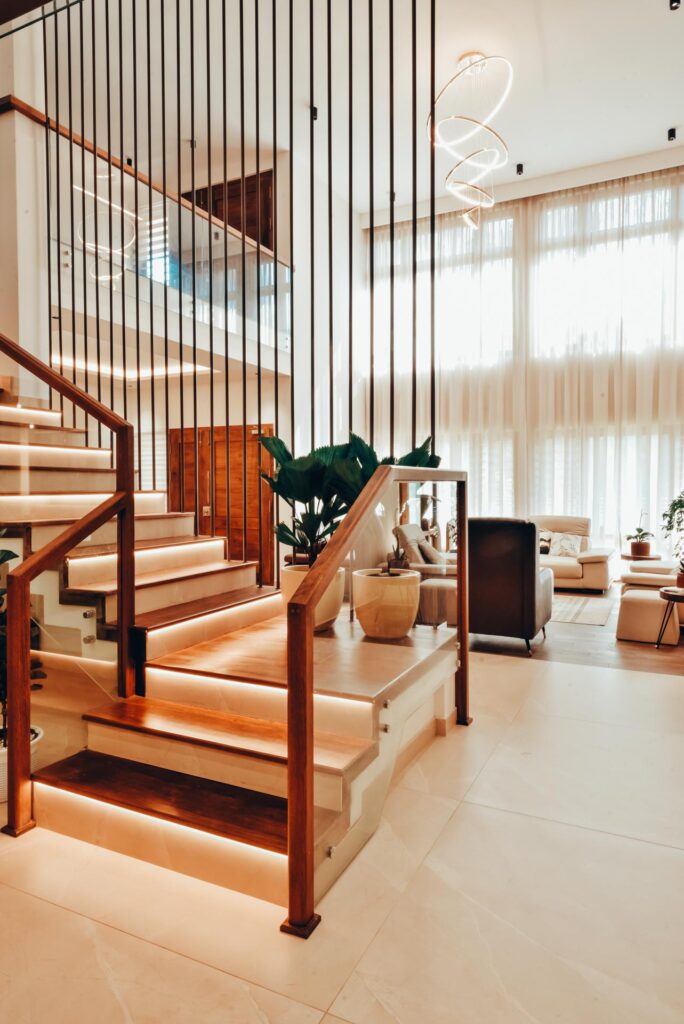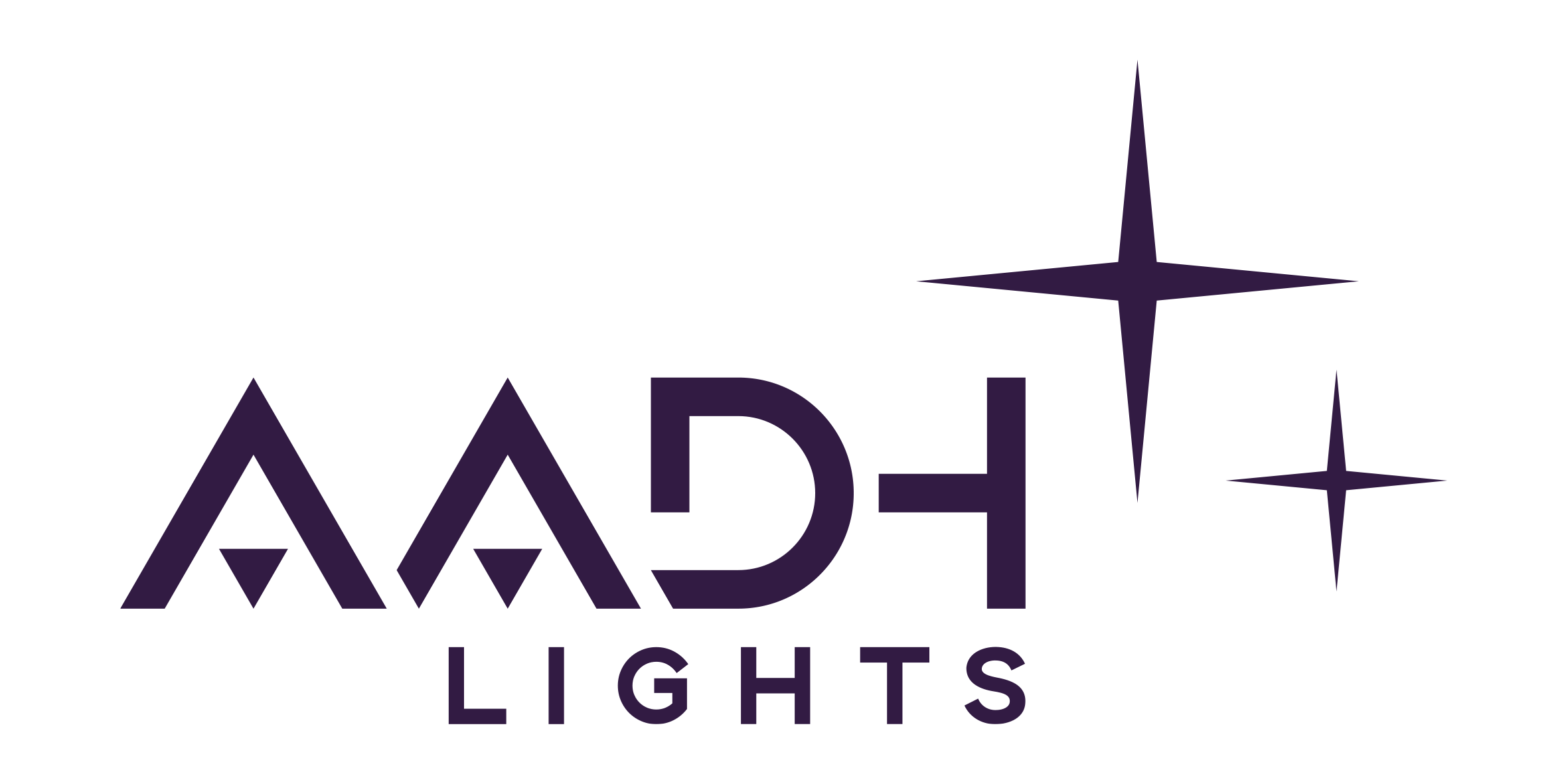Quality Criteria for LED Selection



Quality Criteria for LED Selection
CCT. – CORRELATED COLOUR TEMPERATURE
Correlated Colour Temperature (CCT), measured in Kelvin (K), quantifies the chromaticity of a light source, ranging from warm hues (below 3300K) to cool bluish tones (above 5000K). Warm lighting enhances relaxation, neutral tones balance perception, and cooler lighting optimizes visual acuity and alertness.
CHROMATIC STABILITY (MacAdam)
Chromatic Stability, often evaluated using MacAdam ellipses, quantifies the perceptual uniformity of colour produced by a light source under varying conditions. It measures the tolerance for colour shift within the CIE chromaticity diagram, with smaller ellipses
indicating higher colour consistency. This metric is critical in applications requiring precise colour rendering, such as display technologies, lighting design, and imaging systems, where deviations can impact performance and visual accuracy.
CRI (Ra)
The Colour Rendering Index (CRI) quantitatively evaluates a light source’s ability to reproduce colours accurately compared to their appearance under ideal or natural light. This is determined by comparing the light source to a reference source with the same CCT, using up to 15 standardized colour samples. The Ra index, calculated as the average of the first 8 samples, ranges up to 100, with 100 representing near-perfect colour rendering.
TM-30
A method for assessing the colour rendering of a light source, developed by the Illuminating Engineering Society (IES), incorporates three key concepts: the Fidelity Index (Rf), which offers an accurate evaluation of colour rendering using 99 colour samples, similar to CRI; the Gamut Index (Rg), which measures the average saturation of the light source; and the Colour Vector, a graphical representation that illustrates saturation deviations of various colours relative to a reference light source. Colours appear more or less saturated depending on their position relative to the reference circle’s interior or exterior.
UGR
The UGR scale unifies various glare evaluation methods by describing subjective perception in measurable terms. It ranges from 10 to 30, with 10 indicating no glare and 30 indicating discomfort glare. The UGR value is not a characteristic of the luminaire but of the entire installation, so the calculated values are based on a common standard installation. Calculating for your specific installation is recommended to ensure the desired UGR value.
LIFE TIME
This method evaluates the retention of luminous flux over time, defined by two parameters: L, representing the percentage of luminous flux maintained by the luminaire compared to its initial output after a specified duration, and B, indicating the percentage of luminaires with flux below the L value. For instance, a lifetime rating of 50,000 hours L80B10 signifies that, after 50,000 hours of operation, 90% of the luminaires retain at least 80% of their original luminous flux.
Luminous Flux (Lumen)
This is the measurement of the total luminous output emitted by a light source throughout the surrounding space.
Illuminance (Lux)
This is the unit that measures the degree of luminous flux received on a surface. The lux can also be defined as the number of lumens/m2
Luminous Efficiency (lm/W)
Specifies the efficiency of a light source converting electrical energy into light.
Luminaire Efficiency – LOR (%)
This is the ratio of light output emitted by the luminaire to the light output emitted by its lamps.
IP CODE
A coding system that defines the level of protection an enclosure offers against access to hazardous parts, solid foreign objects, and water ingress. The IP code includes X & Y following the letters “IP,”
IK
The IK protection level is an international numerical classification for the degrees of protection provided by casings of electrical materials against external mechanical impacts,
Aadh Lights
Office
- Perinjanam, Thrissur, Kerala, India - 680686
- info@aadhlights.com
- +91 95267 17771
